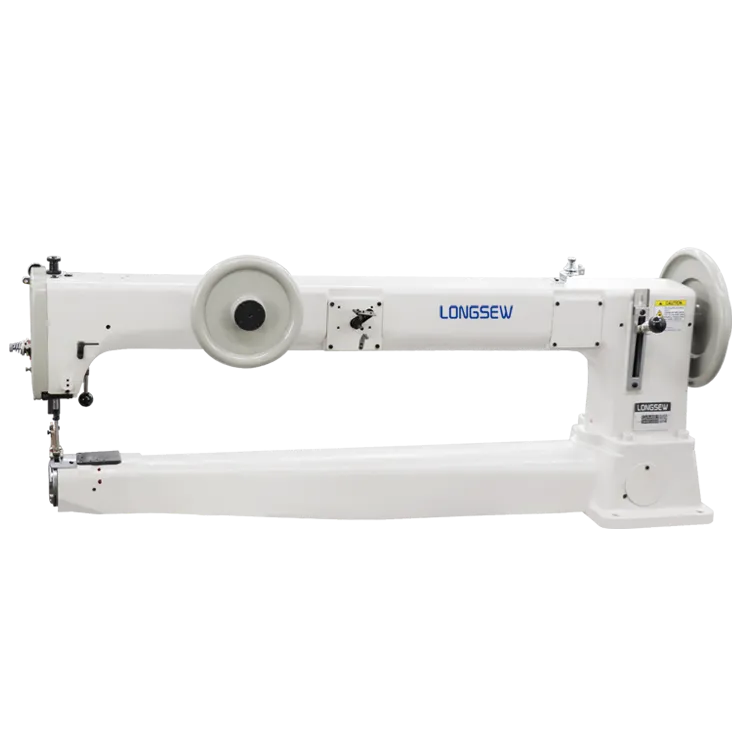Acoustic mineral fibre ceiling boards are panels made primarily from natural mineral fibres, primarily mineral wool, which is known for its sound-absorbing properties. These panels are designed to reduce noise levels within a room, enhancing the auditory experience for inhabitants. Their unique composition allows them to effectively dampen sound waves, thus minimizing unwanted echoes and reverberations.
Installing a T-Bar drop ceiling requires precise measurement and planning. The process begins with measuring the room dimensions and marking the desired height of the ceiling. Once the layout is established, the T-Bar grid is secured to the walls and suspended from the main ceiling with hangers. It is essential to ensure that the grid is level and properly spaced to support the weight of the ceiling tiles.
2. Install Correctly Hanger wires should be installed at regular intervals, typically no more than 4 feet apart. Attach the wire securely to the building structure above, using appropriate anchors or fasteners.
One of the key benefits of mineral fiber acoustic ceilings is their sound-absorbing properties. The porous nature of the material allows sound waves to be captured and dampened, reducing overall noise levels in a room. This is particularly advantageous in environments such as schools, offices, and healthcare facilities, where managing sound is essential for comfort, productivity, and communication.
While mineral fibre suspended ceiling tiles have numerous benefits, there are also considerations to keep in mind. The texture and finish of these tiles vary, which can affect their aesthetic appeal. It's essential to choose a design that complements the overall interior architecture. Additionally, while mineral fibre tiles are durable, they can be more susceptible to damage from impacts compared to other materials, such as metal or fiberglass.




